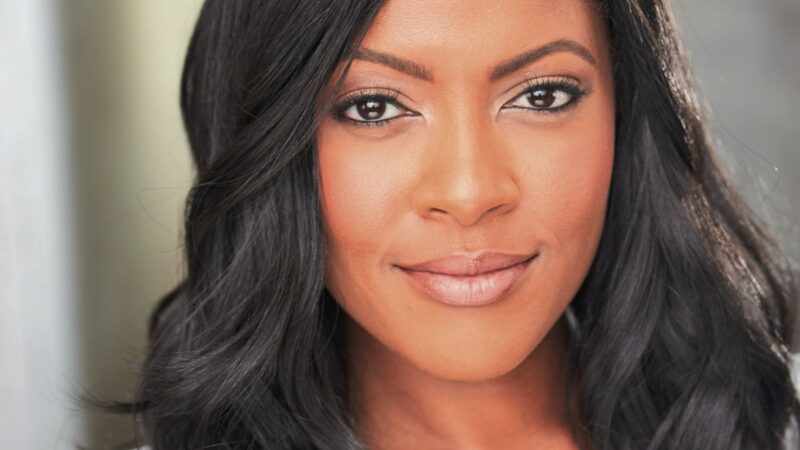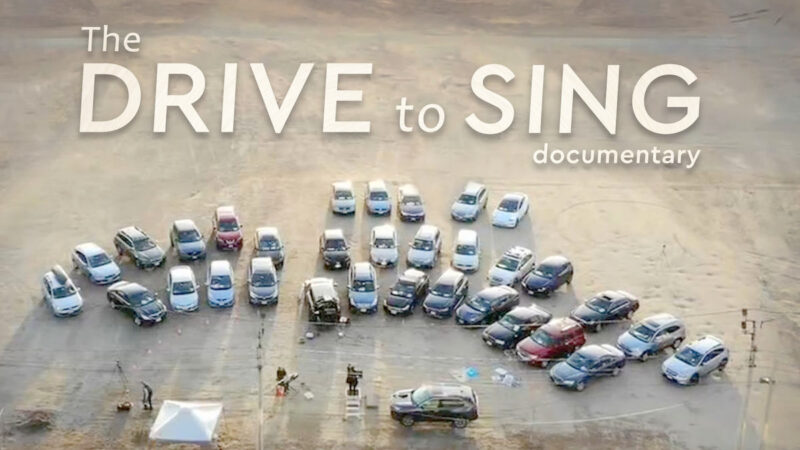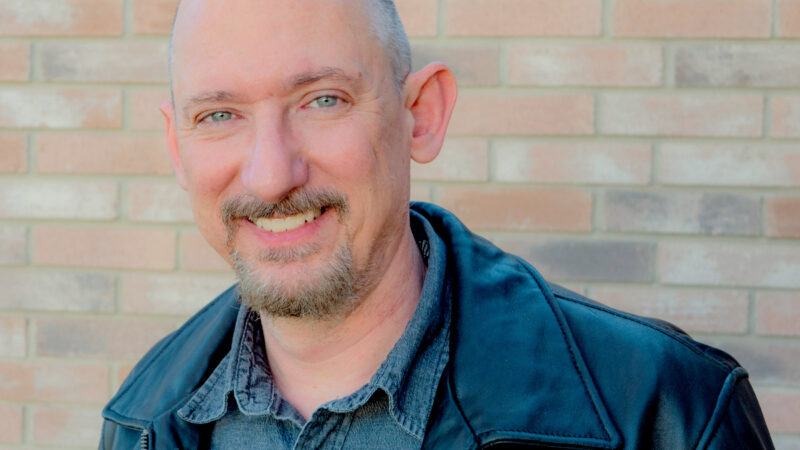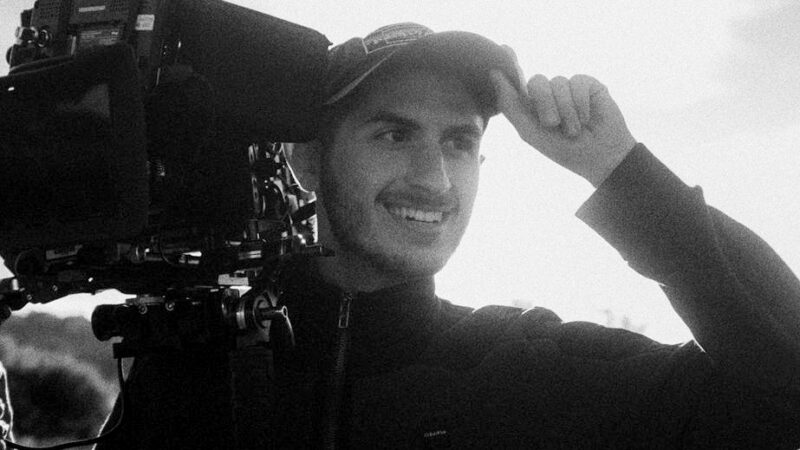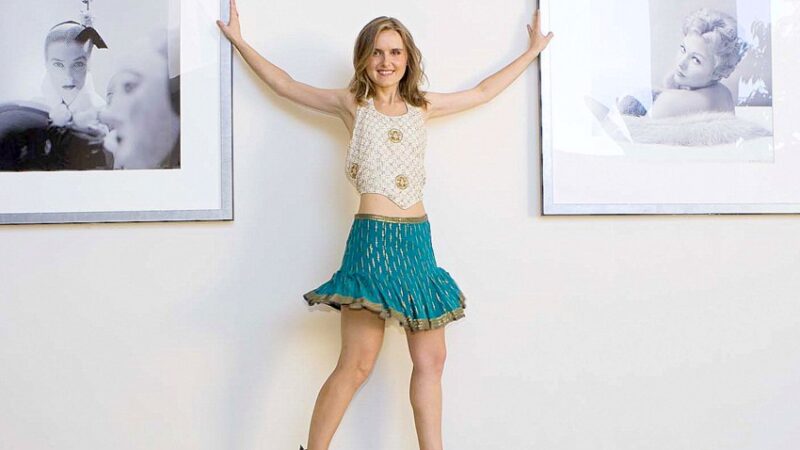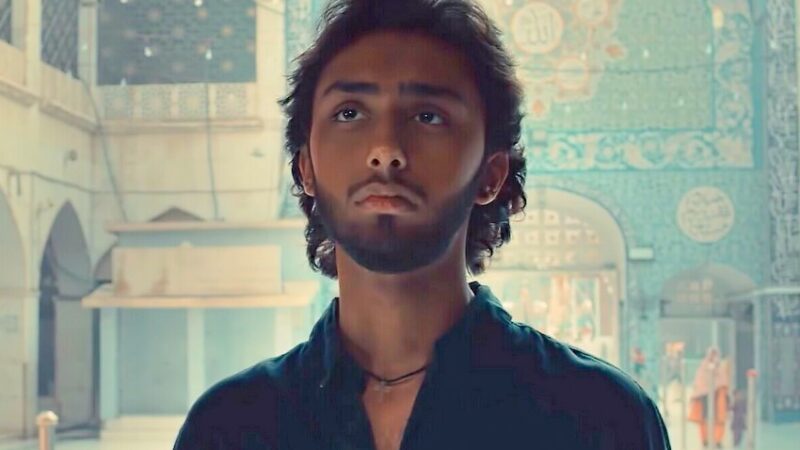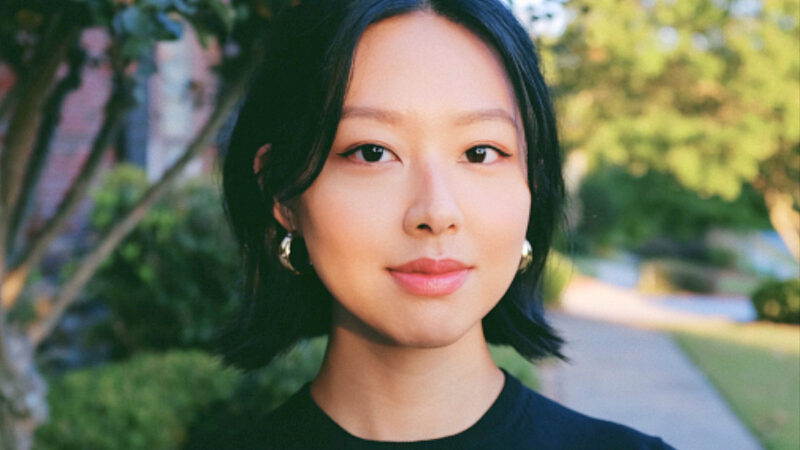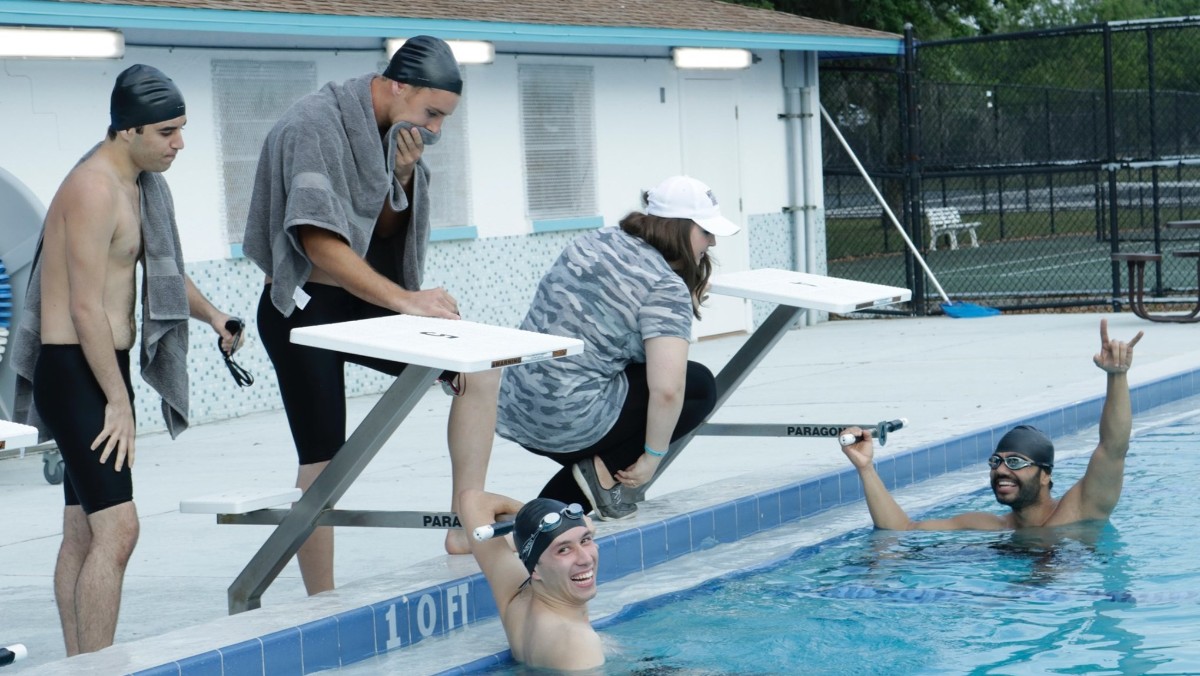
A Case Study
Narrative | Dramatic Features
Film Name: Anchor
Genre: Short, Drama
Date: 2021
Director: Paige Irene Bruns
Producer: Parker Alexander Meyers
Writer: Paige Irene Bruns
Cinematographer: Bowen Huang
Production Company: Ringling College in association with Affinity Insight Pictures
Budget: N/A
Financing: Affinity Insight Pictures, investors
Shooting Format: Digital – 4096×2160 (4K)
Screening Format: 1920×1080 (HD)
World Premiere: N/A
Awards: Best Women Short, Best Student Short, Best Student Director (female) and Best Acting Ensemble at Independent Shorts Awards (January 2020); Best Student Short Film at Rocky Mountain International Film Festival (July 2020); Best Student Short Honorable Mention at Mabig Film Festival (August 2020); and Best Narrative Short at Mindfield Film Festival (August 2020).
Anchor is recognized as a finalist in the United States. Short Films at Los Angeles Theatrical Release Competition & Awards (April 2021); Best Student Film, Best Producer, Best Actress, and Best Original Score in Student Film at Student LA Film Awards (Oct. 2020); Semi-Finalist for Short Narrative Film at Dumbo Film Festival (April 2020); Best Women Short, Best Student Director and Best Actress at Indie Short Fest (April 2020); and Best Student Film Under 15 Mins at BLASTOFF (March 2020).
Website: www.anchor.film
indieactivity: Tell us about “who you are”?
Paige Irene Bruns (PIB): I am a screenwriter and also a director. I strive to tell thought-provoking, hard-hitting stories that portray some of the harsh realities of both societal and quotidian struggles.
Watch the trailer for ANCHOR (2021) written and directed by Irene
Introduce your film?
Paige Irene Bruns (PIB): Anchor is an 8 minute, short drama. Anchor tells the story of Haleigh Emerson, a bright and independent college student who experiences a traumatic sexual assault at a party. The film depicts how the handling of the sexual assault affects her relationship with Cam, her best friend. Cam is a swimmer with a focus on the Olympics.
Making Anchor was an incredibly daunting project. In other words, to tackle the subject, it needed to be done in a really vulnerable and raw way. I didn’t shy away from the realities of sexual assault which I knew would require a lot from my team. It is tricky to navigate an intense and sensitive film, yet we set out to do it right. We shot the scene to show sexual assault in the most realistic way possible.
Tell us why you chose to write, produce, direct, shoot, cut/edit the movie?
Paige Irene Bruns (PIB): My heart lies in the writing and directing of a film project, so when the opportunity presented itself with “Anchor”, I was thrilled to take on the challenge – especially because it was a story that had lived in my head for so long.
Introduce your crew?
Paige Irene Bruns (PIB): We had the most outstanding group of people working on “Anchor”. Such talented and passionate individuals – many of whom I’ve gone on to work with on other projects.
Parker Alexander Meyers is a producer with incredible skills and intuition, as such, he is a creative who strives to ensure that the production flows as smoothly as possible from start to finish. He puts 110% commitment and enthusiasm into working with the whole creative team to get them to tell a compelling story. I am lucky yet satisfied to collaborate with Parker on this film. Likewise, if I start a new project, he is my go-to collaborator.
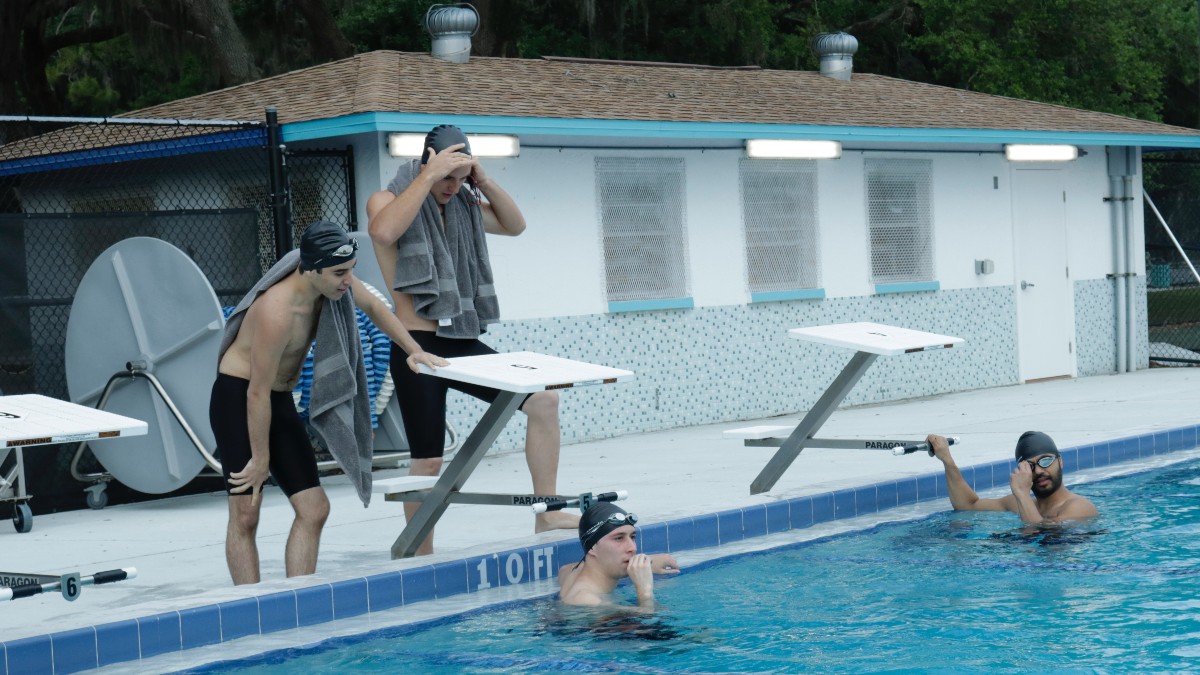
Bowen Huang who is my director of photography is a wonderful human being. He is an incredibly insightful storyteller with the camera. He inputs such a unique perspective and vision to projects which is something that I really respect. It’s our first time together on a film project, yet he dedicates all his energy to a project. To sum it up, he carries an ability to adapt in the heat of the moment. His on-the-spot decisions and willingness to make effective cinema, shifting gears moment by moment are appreciated. The relationships on a film set are always shifting, especially during those intense emotional sequences.
Clonia Charite is the production designer for Anchor. She is a kind and extremely dedicated film collaborator. She is insanely organized yet deeply in touch with the story’s emotional arcs of each character. This has given a distinctive vision to the film we see on the screen.
I learned much from Clonia through our conversations about color and its relation to the story which has changed the way I use color in my work.
What are your personal experiences putting on all these hats or responsibilities?
Paige Irene Bruns (PIB): It is amazing to take on dual responsibilities, as the writer and the director. It is such a surreal experience to watch my story, as the writer, come to life, from start to finish. I also had my hand in every element of the film development, as the director, which made the process sentimental.
Making “Anchor” was a learning experience from start to finish. To sum it up, it really provided me with the opportunity to develop a clear idea of who I wanted to be as a storyteller and allowed me the space to fully delve into that vision both as a writer and director.
One of the most monumental things I learned from this process was the importance of being able to identify your actors’ breaking points. As a director, you are the actor’s biggest advocate – it’s your job to create a safe environment that sets them up for success. If you think about it, you’re essentially asking your actors to emotionally expose themselves in front of a room full of people, sometimes for hours at a time. It ends up as a tiring process no matter what the type of sequence. Filmmaking is a tedious process, as a result, we ended up filming some scenes for several hours, similarly, when dealing with heavy emotional moments, it further heights.
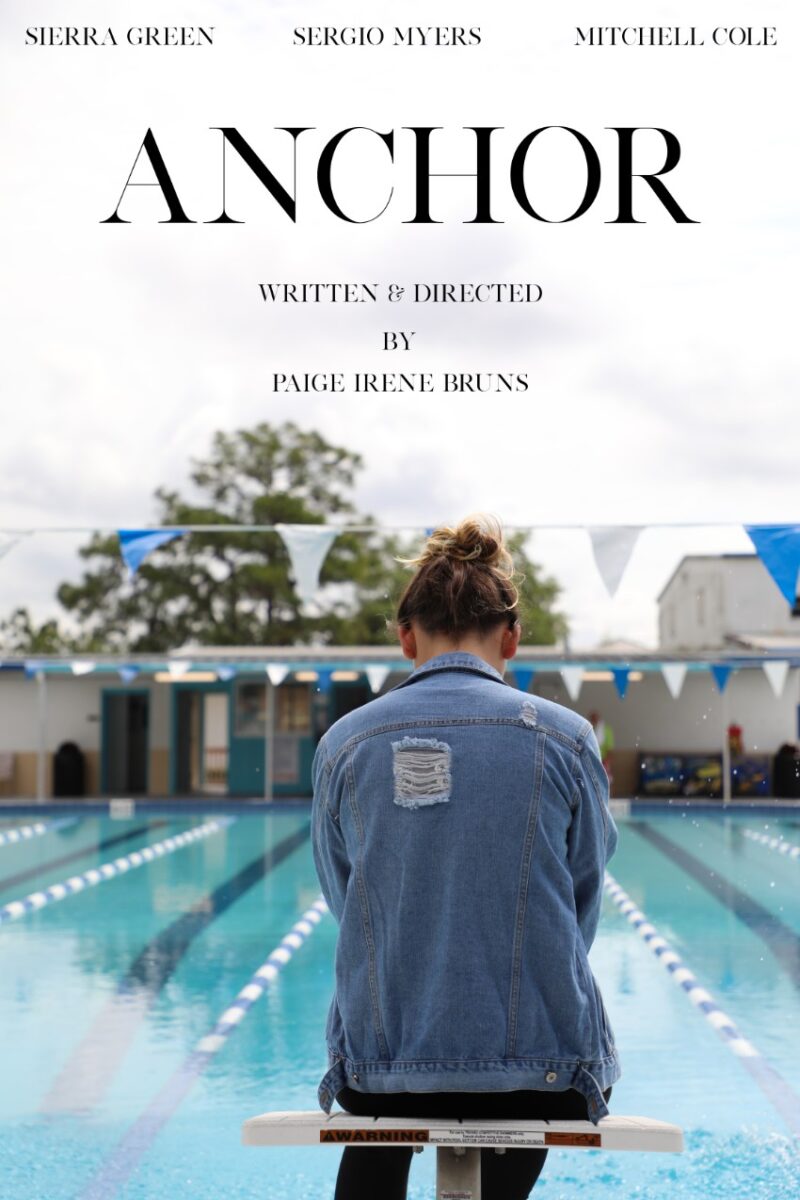
It is crucial for a director to identify the moment the actor has given him everything they can give. The director must be prepared to take a step back at this vital moment. Your job as a director is to be there to support and help guide them, not override them. This vital moment is a precious moment for the actor because he or she is emotionally vulnerable. As such, a director who understands the actor will not ask for another take. Meanwhile, if he does he is no longer advocate for the actor.
What is the source of the idea? How did the story develop from the idea? And how did the story evolve into a screenplay? Why do this story? Do you have a writing process?
Paige Irene Bruns (PIB): “Anchor” is a story that I wanted to tell for some time. The idea came from a place of me just being angry with the way society views/handles sexual assault. With criminals, it’s always innocent until proven guilty. However, when it comes to survivors of assault, they are always the villain until proven to be a victim and that just didn’t sit well with me. ‘Anchor’ was my way of working through those emotions with the hopes of creating a community of support for those struggling.
What was your rehearsal process and period?
Paige Irene Bruns (PIB): The rehearsal process for “Anchor” was actually very unique. We had limited time so I really had to prioritize what went into rehearsal. Given the nature of the film, it was extremely important to me that Mitchell, Sierra, and myself had a chance to get to know each other prior to shooting. When you’re dealing with such a sensitive and intense topic, communication and familiarity is vital, and that ultimately stems from trust. That being said, we had several conversations about the story and its intent leading up to filming and spent many hours getting to know each other. I’ve found that the better I know my actors, the more effectively I can direct on the set.
The night before shooting the assault scene, Mitchell, Sierra, and I went to the location. We talked about the scene and casually walked through blocking. I wanted everyone to be aware of what was happening and when it was going to take place but at the same time, I didn’t want to fully rehearse such an invasive sequence.
You shot the film in days. How long were your days?
Paige Irene Bruns (PIB): We shot the film in two, twelve-hour days.
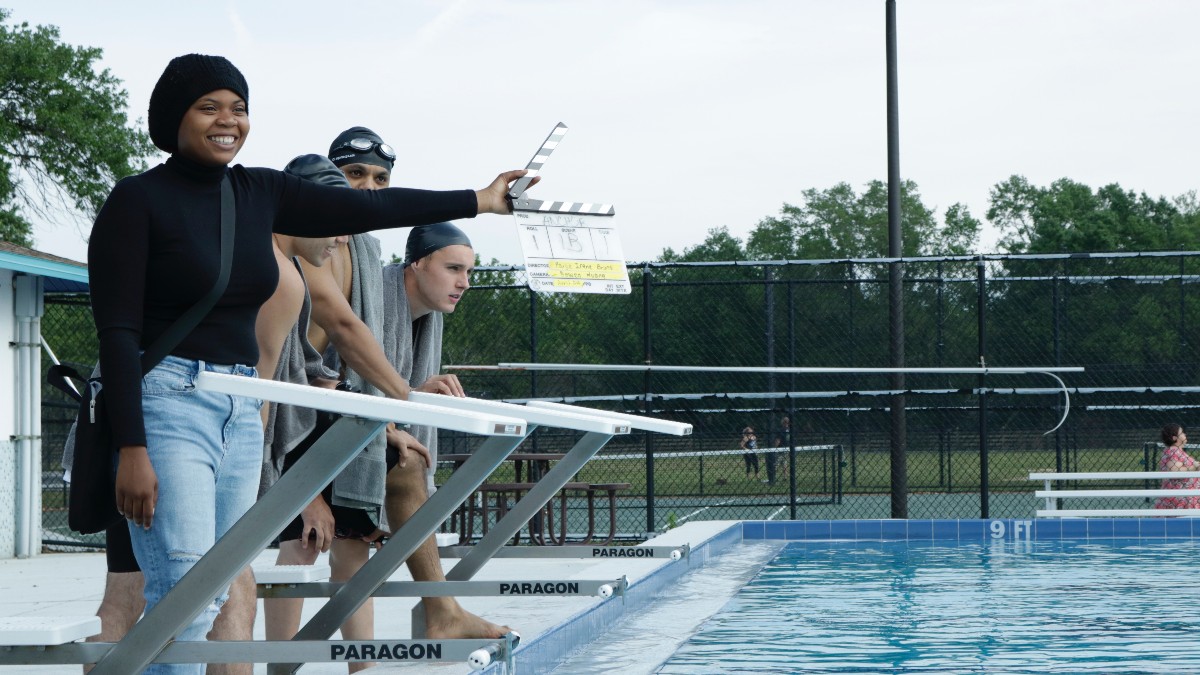
Did the tight shooting schedule make it harder or easier? How did it affect performances?
Paige Irene Bruns (PIB): I think it was a bit of both. When you’re shooting in such a tight time frame, there’s of course a lot of pressure to remain on schedule – especially when you’re dealing with such an intense topic. You want to have the time to breathe and collaborate with your actors, but on the other hand, you don’t want to be shooting a scene of that nature for an extended period of time.
I think being on such a tight shooting schedule gave the actors an opportunity to really delve into the emotions and the intensity without the fear of being drained early on in a shooting schedule or for a long period of time. So in an odd way, I think that for this particular project, having limited time played in our favor more than not.
What scene in the movie was the hardest to shoot? And why?
PIB: It can be an incredibly daunting process to direct one actor to assault a second actor. I was uncomfortable directing these scenes because I had to fight every impulse to stop them. It haunted me as I navigated through the scene with the actors, therefore, the assault scene was by far the hardest to shoot.
With Sierra being a survivor herself, it was extremely important to me that we were in constant communication about everything from what was happening and how it was going to play out to how both her and Mitchel were feeling. I never wanted to push them further than what they were comfortable with.
We shot the film in Florida during the month of April and this particular scene was filmed in a shed which was incredibly hot. I’m guessing it was somewhere in the vicinity of 100 degrees by the time we had cast, essential crew, lighting, etc which definitely added to the intensity of the scene.
There was definitely an adjustment period as the shooting began but everyone involved was 110% dedicated to portraying the harsh realities of sexual assault in the most real and authentic way possible.
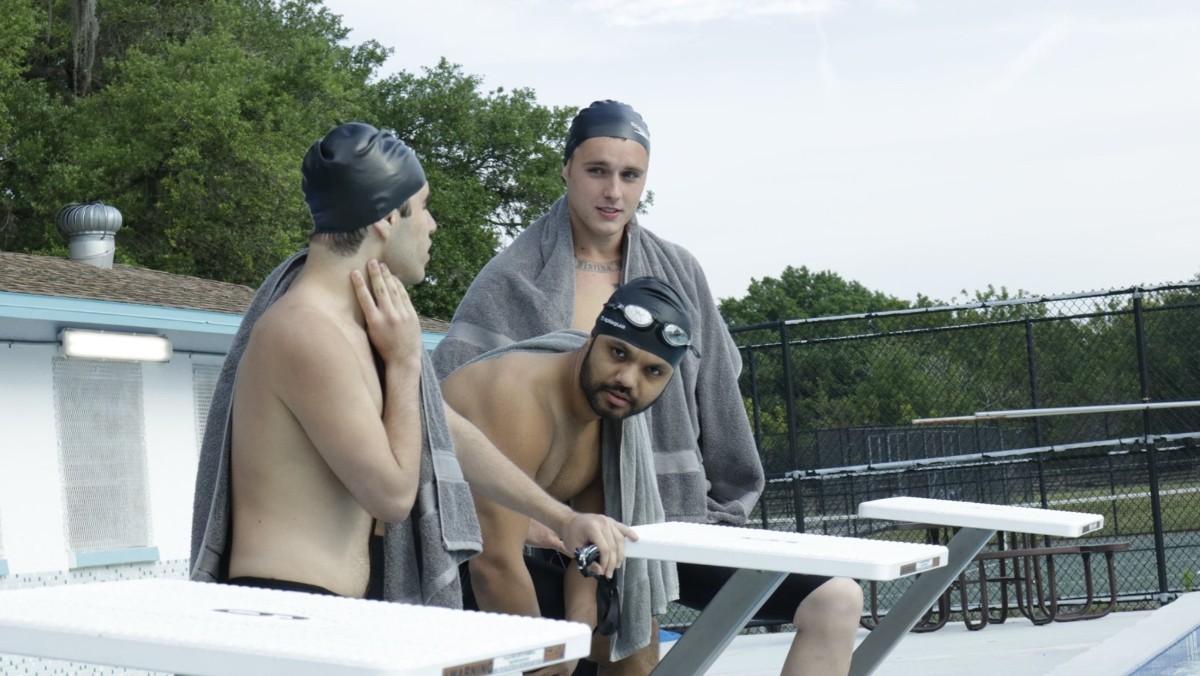
What was the experience like of working with a small shooting crew?
PIB: Working with a small shooting crew was such a fun experience. I enjoy collaboration! I create a family dynamic on the production set, as a result, having a limited crew really allowed me to bond with each of my collaborators on a more personal level.
The film looks stunning! How did you shoot it?
PIB: Detailed preparation! I spent a lot of time on location to develop a plan for the principal photography with Bowen, my DP, and the lighting team, as a result, we figured out the best look for the film.
When did you form your production company? What was the original motivation for its formation?
PIB: May of 2020 saw the birth of Affinity Insight Pictures. I graduated in 2020, and I had planned to go to Los Angeles after graduation, the Covid-19 Pandemic prevented my move to head out west, so I returned home to Michigan to quarantine with my family. Through this, I was reintroduced to the beauty of West Michigan and quickly became very passionate about bringing the film to the area.
What was the first project out of the gate?
PIB: The very first project I wrote and directed was a ten-minute short film I shot as part of my application to Interlochen Arts Academy, my junior year of high school. The film is about a young man who faked his own death to protect his mother from her abuser. The storytelling was filled with plot holes and poor camera and sound techniques. In conclusion, it was a learning ground, yet I was accepted to IAA for the following year!
What about independent filmmaking and the business do you still struggle with?
PIB: I am very solutions-oriented and there are always challenges that need to be overcome. I believe that learning through experience and with guidance from mentors is the key to long-term success. First, the optimist believes the glass is half full, second, the pessimist believes the glass is half empty, and third, the realist understands that somebody will need to wash the glass! I am an Optimist – Realist hybrid!
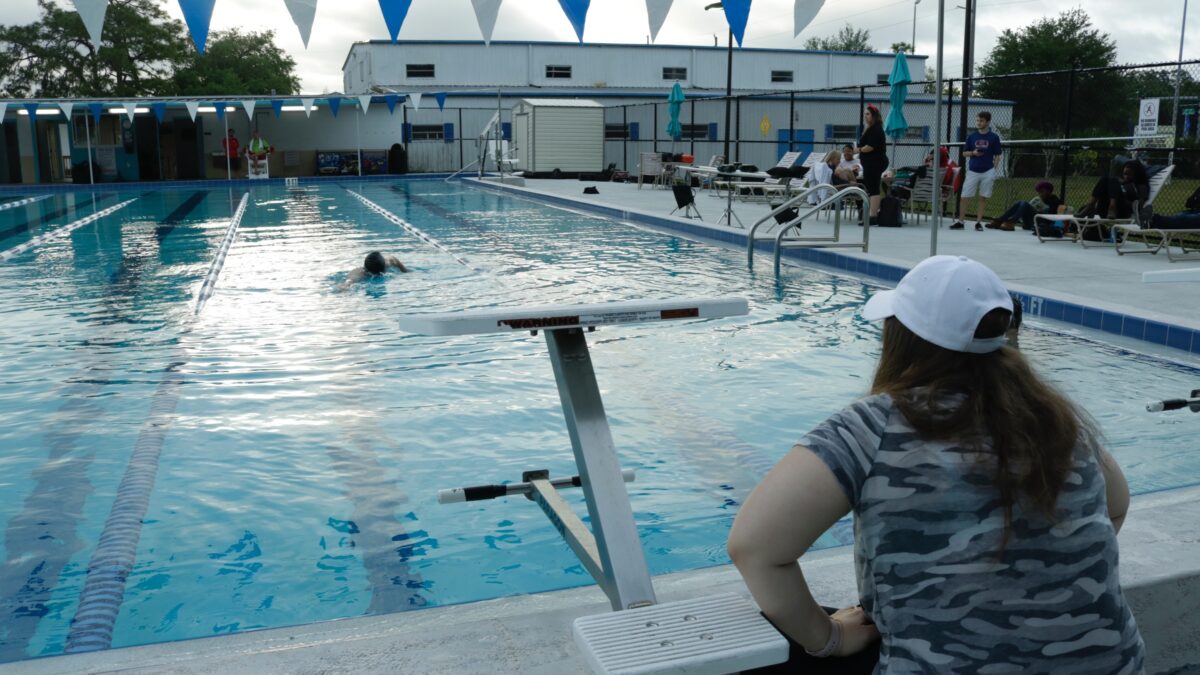
Let’s talk about finance. How did you finance the film?
PIB: I developed a network of individual and private equity investors who share my story vision and economic value proposition.
How much did you go over budget? How did you manage it?
PIB: A major focus for me is to NOT exceed the budget as I understand and the value of finance and the management of economics.
How important is marketing? Talk about the festival tour? Do you think a project can make a dent without it nowadays?
PIB: Marketing is everything. A film cannot be noticed or found without it, not with the amount of content being released every day. We are constantly being fed a consistent stream of new material which makes it difficult to gain any kind of traction. In order to stand out in a sea of incredible content, you have to have some level of marketing to get in front of an audience and or peak interest.
Tell us about marketing activities or efforts on this project – and how it worked or didn’t work?
PIB: The primary marketing activities have revolved around film festivals, media interviews including print and podcasts, and Instagram.
What do you hope audiences will get from the presentation of your film?
PIB: I hope people walk away from ‘Anchor’ with a sense of empathy and understanding. The reality is we’re never going to stop sexual assault from happening. However, we can create a community of support and a platform that sheds light on the harsh realities.
People need to be believed – ten times over. Stories like Haleigh’s happen every day to men and women all over the world. We should be asking questions like “how can I support you” or “what do you want to do now” instead of openly making assumptions and judgments.
Going into the film, it was really important to me that survivors could look at Haleigh and see a little piece of themselves or their story in her. I hope the film gives a little bit of comfort, knowing you aren’t alone.
What else have you got in the works?
PIB: I am currently “in development” of a multi-season drama series!
Tell us what you think of the Case Study for Anchor? Let’s have your comments below and/or on Facebook or Instagram! Or join me on Twitter.
Follow Paige Irene Bruns on Social Media
IMDb
Facebook
Twitter
Instagram
YouTube
Vimeo
MORE STORIES FOR YOU

